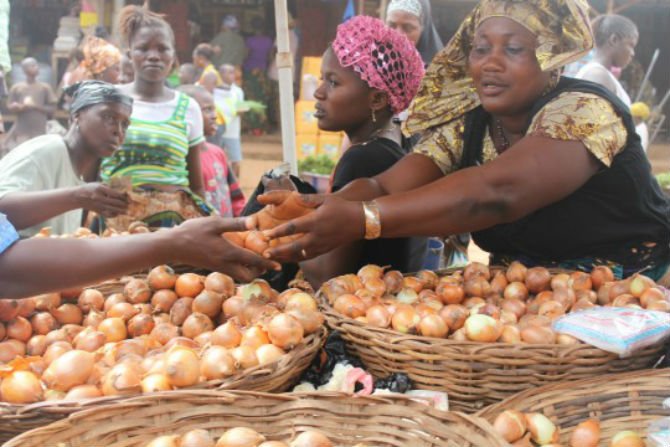Earthquakes. Cyclones. Drought. Conflict. The Ebola outbreak. Oil price collapses.
Shocks and stresses of different kinds strain countries, communities and families, many of them seriously and have been shown to have set back development, sometimes for decades.
For the Financing for Development (FfD) negotiations, this issue is critical. Volatility is the world’s new normal. We must consider the financing consequences in a world where shocks, crises and emergencies are commonplace. Disasters and economic collapse can, in some cases, lead to increasing and unsustainable debt. The particular vulnerabilities of least developed countries and small island developing states is well recognised.
We need a change of mindset to recognize that shocks and stresses are part and parcel of development processes in countries at all income levels. Therefore investments in risk and resilience need to be an integral part of the process.
Practically speaking we need to do two inter-related things: calculate the cost of crisis and price fully the reduction of risk.
For the first, we already have some figures. We know disasters have cost between 2 and 3 trillion dollars over 20 years, and that individual disasters impact countries massively, such as the US$368 million loss incurred by Vanuatu following cyclone Pam, the equivalent of nearly 50% of its GDP. The cost to the Ebola-affected countries has been pitched at US$1.6 billion, equivalent to 12% of their combined GDP.

The opportunity costs alone of countries directly or indirectly involved in conflict in the middle-east was estimated to be a staggering US$20 billion over 20 years. And yet this is dwarfed by the US$284 billion estimated lost to conflict over 15 years in Africa, with armed conflict shrinking economies by at least 15% and, in the case of Burundi and Rwanda, more than 30% annually.
This brings us to the pricing of risk. Essentially, this means making sure that every investment made is insulated against risk by increasing its cost appropriately. This will not only help ensure losses are less likely, it will deliver on development. ‘Risk-informed’ development encourages growth, stimulating everyone from the household, to communities to government to further innovate and invest.
The same principle can be extended to fragile and conflict-affected states, however challenging that may be. Shouldn’t we put a price on the investments needed to reduce the risk of conflict and insecurity? What would it take? And what would its value be, if we stacked it up against the US$20 billion of humanitarian aid that is largely spent in the same ten to 15 conflict-affected countries each and every year?
Simplistically but perhaps usefully, this is a matter of mathematics. If the costs of crises and the pricing of risk-informed development are taken into account in negotiations, we may see a realization of how a failure to address shocks and stresses means not only massive financial implications but also a failure to deliver sustainable development.
Let us remember that the issue is not about financing but about the whole of the post-2015 development agenda.
Contributed by Jan Kellett, UNDP Advisor, Climate Change and Disaster Risk Reduction.